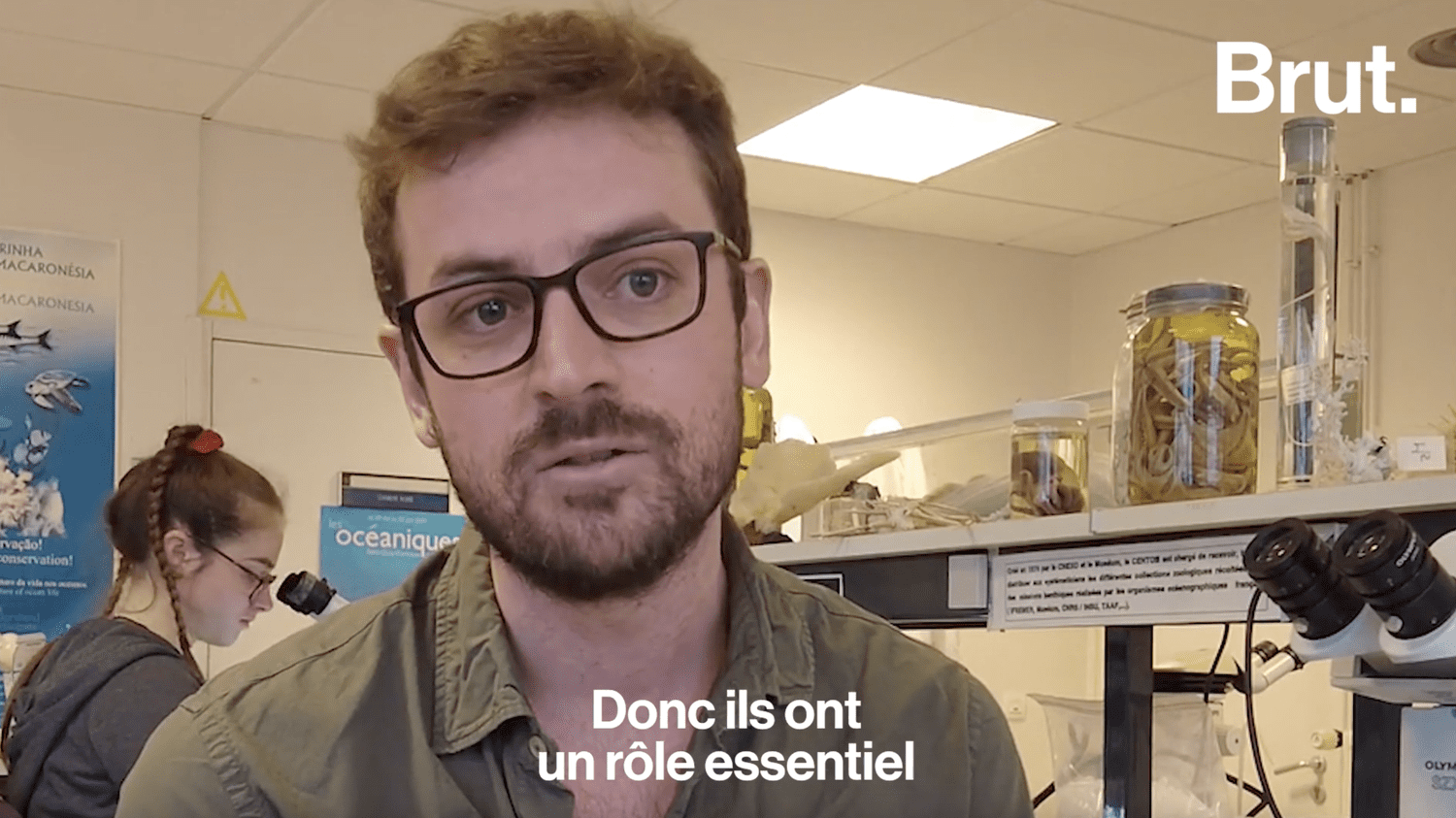An international project wants to open certain deep seabeds to mining. The inhabitants of these abysses could be threatened by these actions.
As the climate crisis threatens our environment, an international project could endanger the biodiversity that lives in the ocean depths. Mining, consisting of recovering minerals that lodge in depth, would endanger species in their natural environment. Brut exchanged with the Ifremer institute (French Research Institute for Exploitation of the Sea) and Pierre-Antoine Dessandier, researcher in seabed ecology at Ifremer, on seven living organisms that would be affected by this project.
Living beings threatened in their habitat
These specimens are generally unknown to the public because they can sometimes be difficult to observe. The eared octopus also called “Dumbo” for its fins similar to large ears, is a species that lives only in deep waters. Mining could have strong impacts on this animal. Seen only very rarely, it is seen as an emblematic species of the deep sea. Another species that we only see very rarely: the chimera fish. Its middle does not allow any light to pass through. Its most just energy choice for this fish is therefore to remain white because the other organisms do not see it. “They were thought to be rare and surprisingly enough, you see them almost every time you put a submarine on hydrothermal systems or the abyssal plains.” noted Rock-Antoine Dessandier.
Hydrothermal shrimp live in much hotter fluids. They are also lucky to have no predators. Their orange color is “solely due to the bacteria living inside of them using this reduced chemical energy called chemosynthesis, to produce energy and pass it on to these shrimp” according Rock-Antoine Dessandier. In the same category of crustaceans, abyssal mussels are entirely adapted to extreme environments, unlike the coastal mussels that we are used to consuming. They live at 1,000 and 2,000 meters deep, sometimes more.
Organisms essential to the deep oceans
Another biodiversity coexists with these crustaceans, molluscs and aquatic living beings, these are the organisms. Even before all these species appeared, foraminifera, single-celled micro-organisms had already been living in these seabeds since almost the appearance of life on the planet. True essential role in the food chain, “They make the connection between the smallest, microalgae, microbial communities and larger organisms”. Attached organisms such as anemones, corals or sponges are also present in these waters. “All these animals don’t need to fix themselves, to hang on to be able to live. They do not take advantage of the energy of light, of photosynthesis, they survive otherwise, in an environment where the source of food is limited“, explain Rock-Antoine Dessandier.
The seabed also hosts nematodes, microscopic organisms with a particular reproductive system. “Their classic reproductive system is to produce eggs, which will be fertilized and leave the body directly. In more complicated environments in terms of life, they will have a different strategy that will allow them to develop these eggs inside this adult nematode”, declares Rock-Antoine Dessandier. This practice allows the eggs to be more robust and able to adapt to the extreme life of the environment in which they live. The mining source could well impact the future of all its species and raises real questions.
